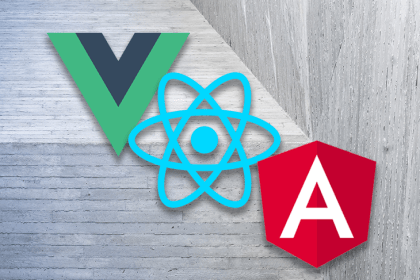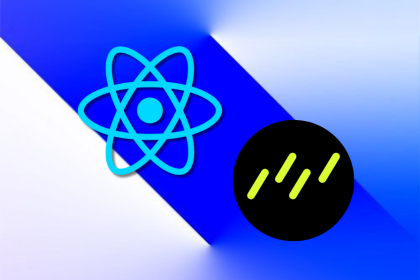
React, Angular, and Vue still lead frontend development, but 2025 performance is shaped by signals, compilers, and hydration. Here’s how they compare.

Learn how to use Drizzle ORM with Expo SQLite in a React Native app, including schema setup, migrations, and type-safe queries powered by TanStack Query.

Explore five bizarre browser APIs that open up opportunities for delightful interfaces, unexpected interactions, and thoughtful accessibility enhancements.

Compare the top AI development tools and models of December 2025. View updated rankings, feature breakdowns, and find the best fit for you.
Would you be interested in joining LogRocket's developer community?
Join LogRocket’s Content Advisory Board. You’ll help inform the type of content we create and get access to exclusive meetups, social accreditation, and swag.
Sign up now
3 Replies to "Handling and dispatching events with Node.js"
Hello!
in your example:
myEmitter.on(‘ping’, function (data) {
console.log(‘First event: ‘ + data);
});
myEmitter.emit(‘ping’, ‘My first Node.js event has been triggered.’);
What’s the difference of doing:
function ping(data){
console.log(“First Event: ” + data)
}
ping(‘My first Node.js event has been triggered.’)
The difference in the two scenarios you listed is when you use Events your functions are fired in response to an event while simply calling a function means the functions are fired almost immediately.
The difference is that anytime that event is triggered asynchronously, the event handler prints out the data sent to it. The event handler can do anything like send new signup email or subscription reminder emails. The event can be triggered multiple times as long as the app is running.